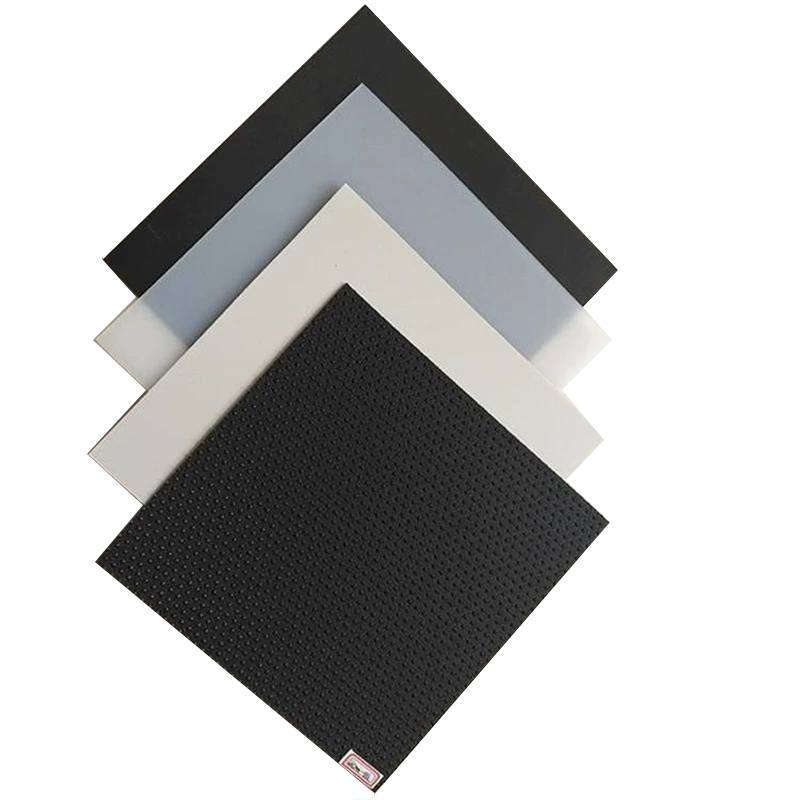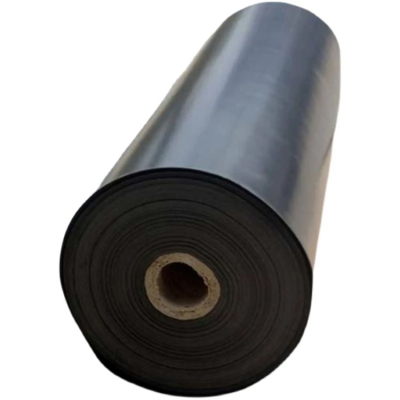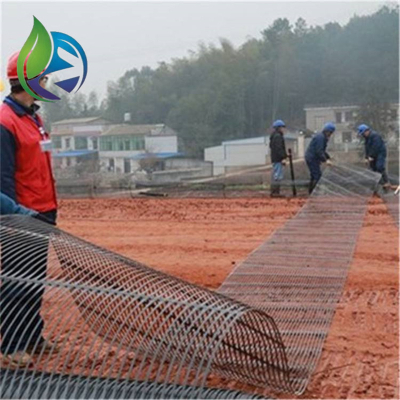The Important Role of Geomembrane in Fish Ponds
The Important Role of Geomembrane in Fish Ponds
When it comes to the construction and maintenance of fish ponds, one of the most crucial elements that can ensure a successful aquatic environment is the use of geomembrane. This synthetic material plays a significant role in creating a sustainable and healthy habitat for fish by providing several benefits, including waterproofing, containment, and protection. In this article, we will explore the important role of geomembrane in fish ponds, focusing on its advantages, applications, and how it contributes to the overall health of the ecosystem.
What is Geomembrane?
A geomembrane is a type of synthetic liner made from materials such as polyethylene, polypropylene, or PVC. It is designed to prevent the leakage of liquids or gases and is widely used in various environmental applications, including landfills, water reservoirs, and fish ponds. The geomembrane serves as a barrier that helps to retain water and ensures that the pond’s ecosystem remains intact, while also minimizing contamination risks.
Key Benefits of Geomembrane in Fish Ponds
1. Waterproofing and Leak Prevention
One of the primary functions of a geomembrane in fish ponds is its ability to provide an effective waterproof barrier. Fish ponds, especially those that are man-made or have specific water management needs, are prone to water seepage and leakage. Without proper containment, water can leak out of the pond, leading to a loss of fish habitat and the potential for contamination of surrounding soil and water sources. The geomembrane acts as a reliable barrier, preventing water from escaping and ensuring that the pond maintains its required water levels.
2. Improved Water Quality
Maintaining clean and high-quality water is essential for the health of fish in a pond. The geomembrane plays a significant role in preventing soil and contaminants from entering the water, ensuring that the pond’s ecosystem remains balanced. By preventing the infiltration of harmful substances from the surrounding environment, the geomembrane helps to preserve the natural water quality and minimizes the risk of algae growth and other waterborne diseases that could harm the fish.
3. Durability and Longevity
The geomembrane is known for its durability and long lifespan, even in challenging environmental conditions. It can withstand the pressure of water, exposure to UV radiation, temperature fluctuations, and physical damage from plant roots or animals. This makes it an excellent investment for fish pond owners who want a long-lasting solution to waterproofing and containment. The material is resistant to degradation, ensuring that the pond’s integrity is maintained over time.
4. Cost-Effective Solution
While the initial cost of installing a geomembrane in a fish pond may seem higher than using traditional pond liners or natural materials, the long-term benefits make it a cost-effective solution. By preventing water loss and reducing the need for frequent maintenance, the geomembrane helps to lower the overall operational costs of running a fish pond. Its durability means that it won’t need to be replaced as often as other materials, saving both time and money in the long run.
How Does Geomembrane Contribute to Sustainable Fish Pond Management?
1. Prevents Soil Erosion
Soil erosion is a common problem in ponds, particularly those with slopes or areas prone to runoff. The geomembrane acts as a protective layer that stabilizes the soil, preventing it from washing away into the pond. This helps maintain the pond’s structure and ensures that the aquatic environment remains stable. Additionally, by preventing soil erosion, the geomembrane also protects the pond from sediment buildup, which could affect water quality and the overall health of the fish.
2. Reduces the Risk of Contamination
Fish ponds are often located near agricultural fields, residential areas, or industrial zones, where the risk of contamination from fertilizers, pesticides, and other chemicals is high. The geomembrane serves as a barrier that protects the pond from these contaminants, ensuring that the water remains free from harmful substances. This is especially important in ponds used for aquaculture or fish farming, where maintaining water quality is crucial for the health and growth of the fish.
3. Supports Sustainable Aquaculture Practices
In modern aquaculture, sustainable practices are becoming increasingly important to ensure the long-term viability of fish farming. The use of a geomembrane in fish ponds contributes to these sustainable practices by reducing water usage, minimizing waste runoff, and improving water quality management. By preventing water leakage and ensuring that the pond’s ecosystem remains intact, the geomembrane helps fish farms operate more efficiently and sustainably.
Best Practices for Installing Geomembrane in Fish Ponds
1. Proper Sizing and Design
Before installing a geomembrane, it is essential to determine the proper size and design for the pond. This involves calculating the dimensions of the pond, considering the water depth, and selecting the appropriate thickness and material for the geomembrane. Consulting with experts in pond construction can ensure that the geomembrane is installed correctly and functions optimally.
2. Regular Inspection and Maintenance
Although geomembranes are durable, they should still be inspected regularly for signs of damage or wear. Periodic inspections can help identify any potential issues early on, such as punctures or tears in the material. Proper maintenance, including cleaning and repairing any damage, ensures that the geomembrane continues to function as intended and provides long-lasting protection for the fish pond.
Conclusion
The geomembrane plays an indispensable role in ensuring the longevity and health of fish ponds. From waterproofing and improving water quality to supporting sustainable aquaculture practices, the benefits of using a geomembrane are undeniable. Its ability to prevent water loss, reduce contamination risks, and protect the pond from erosion makes it an essential component for fish pond owners. By investing in high-quality geomembrane materials and following best installation practices, you can create a stable and healthy environment for your fish, ultimately contributing to the success of your aquatic endeavors.





